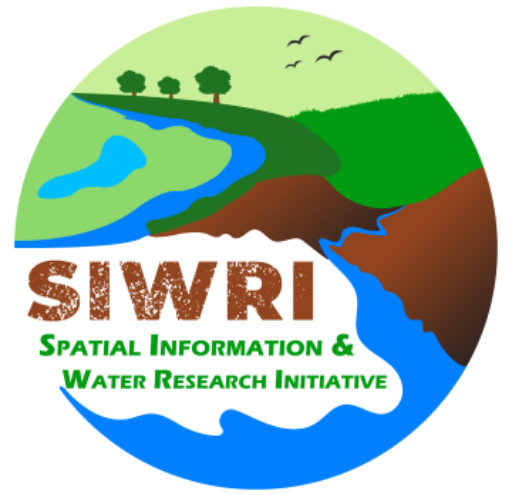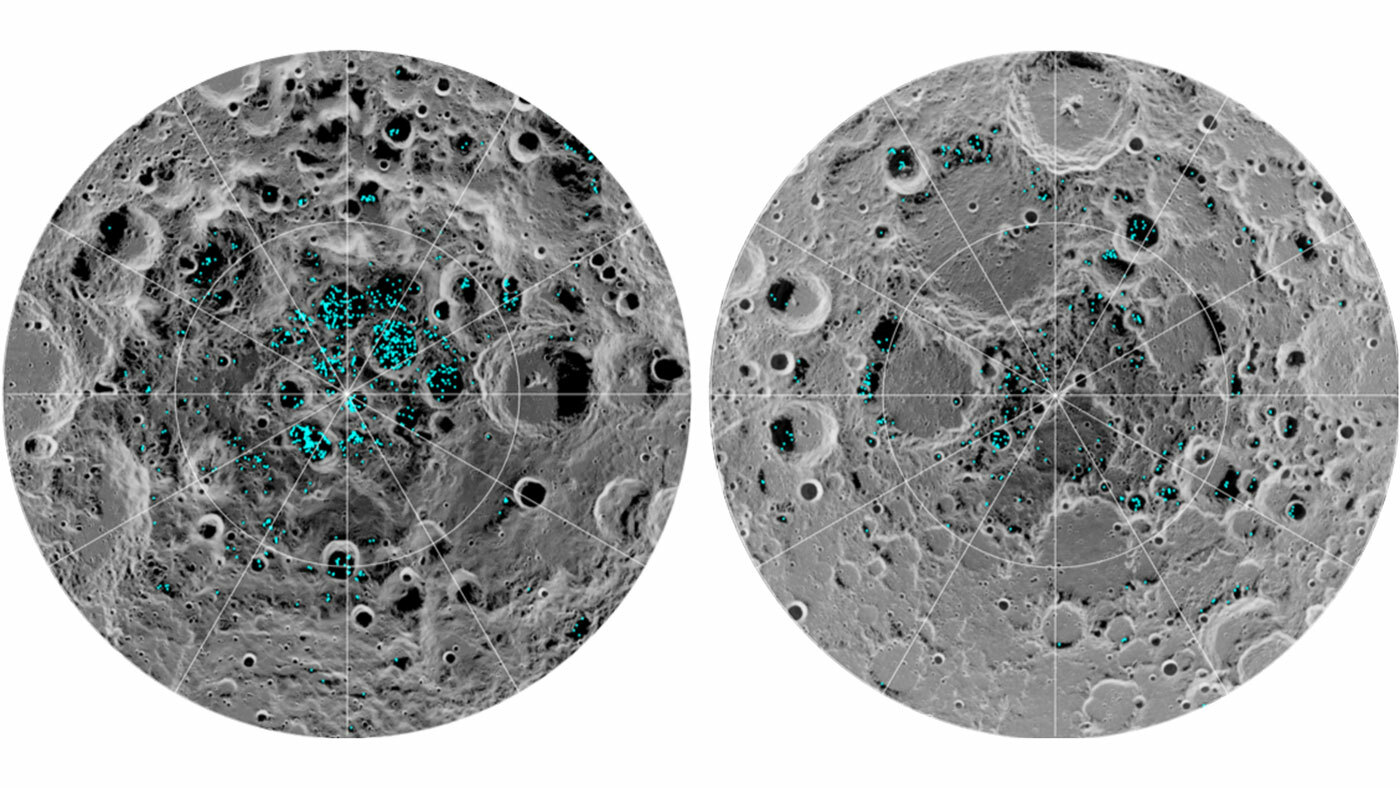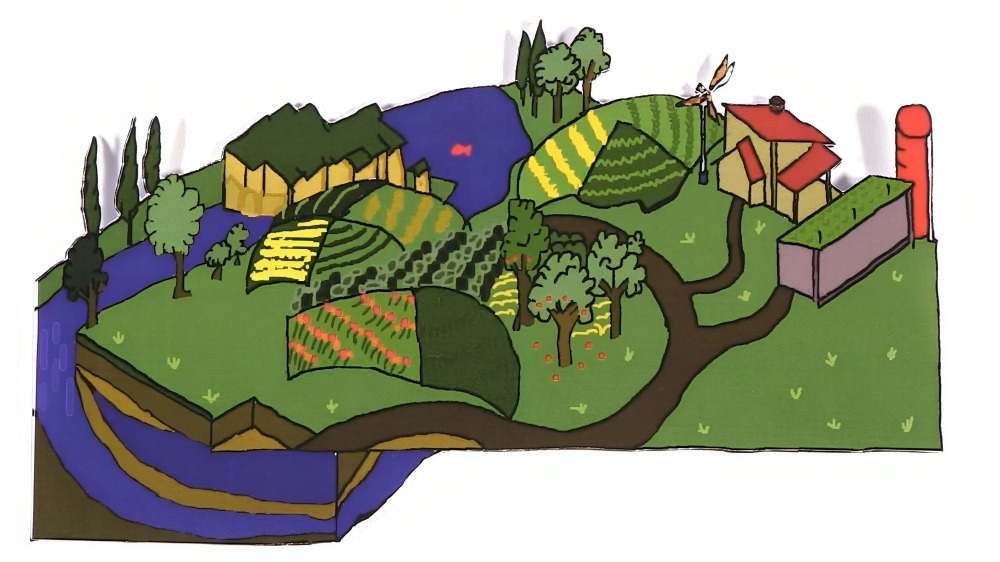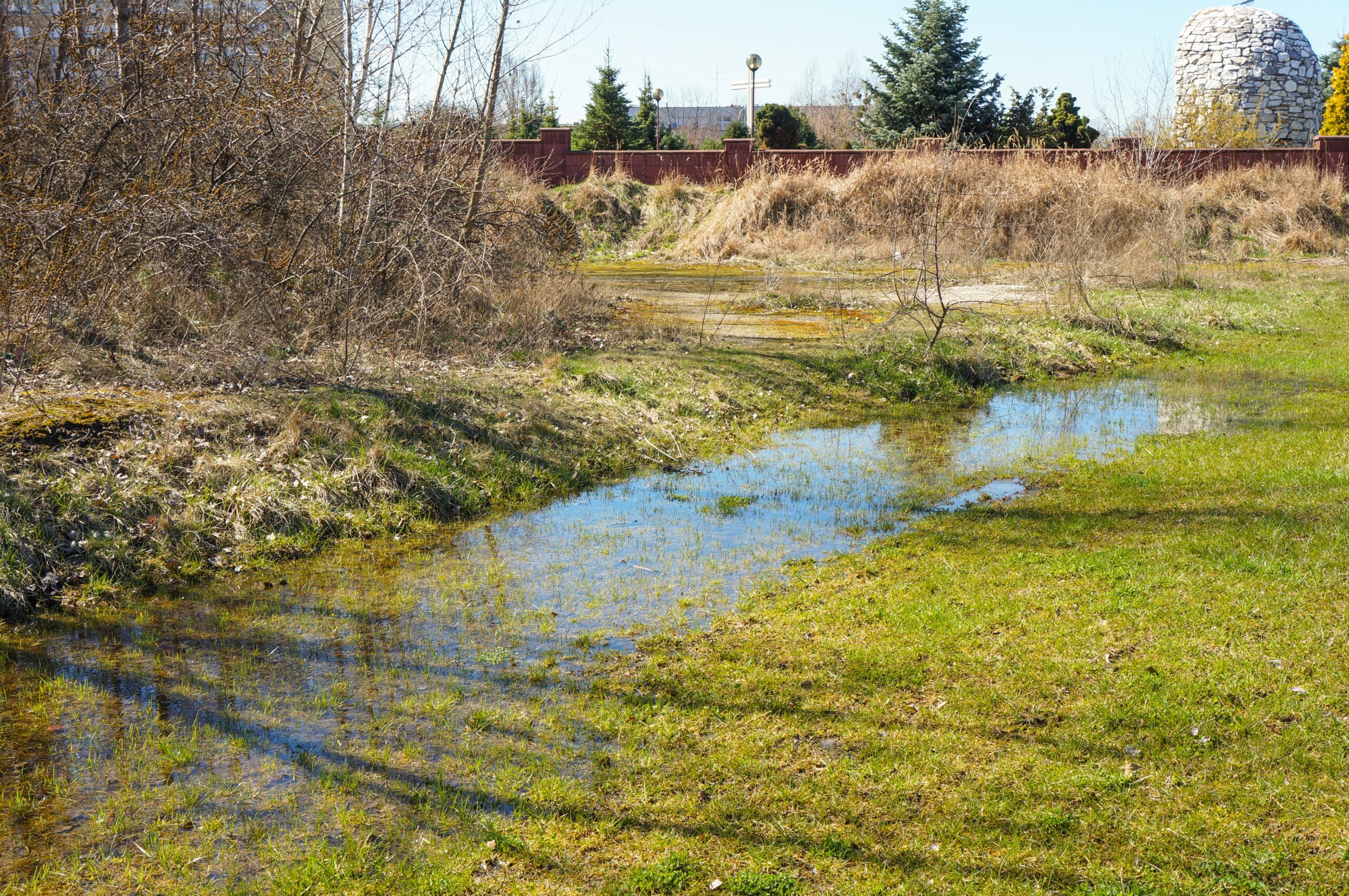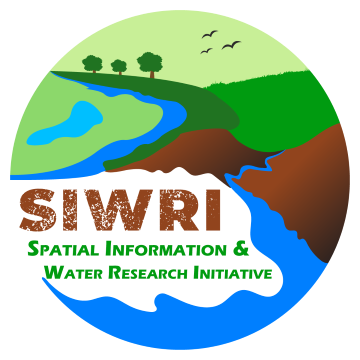This image shows the locations of water ice at the Moon's south pole (left) and north pole (right) as indicated by NASA's M3 instrument onboard India's Chandrayaan-1 spacecraft. The ice lies in permanently shadowed regions. Image: NASA
Introduction
The Moon has long captured the imagination of humanity as a distant and mysterious celestial body. In recent years, with advancements in space exploration, the prospect of establishing a human presence on the Moon has gained momentum. However, how to manage water on the Moon remains one of the most critical challenges in sustaining life in this extraterrestrial environment. In this article, we will delve into the complexities of managing water on the Moon, exploring the sources of water, potential utilization methods, and the innovative technologies required to ensure a sustainable lunar habitation.
Water on The Moon Water: Sources and Importance
Water is an invaluable resource for any spacefaring endeavor. It is essential for life support, agriculture, and the production of propellants for spacecraft. Contrary to popular belief, the Moon isn’t entirely devoid of water. While the lunar surface appears barren and dry, recent scientific discoveries have confirmed the presence of water molecules in the form of ice at the lunar poles. These deposits are believed to have originated from cometary impacts and the solar wind interacting with the lunar soil over millions of years.
The presence of water on the Moon holds immense significance for future lunar missions. It eliminates the need to transport large quantities of water from Earth, which is not only expensive but also resource-intensive. Instead, utilizing lunar water resources could pave the way for sustainable and extended human presence on the Moon.
Challenges of Lunar Water Management
Managing water on the Moon presents a unique set of challenges. The harsh lunar environment, characterized by extreme temperature variations, vacuum conditions, and constant exposure to solar radiation, complicates the extraction and utilization of water resources. Some of the key challenges include:
1. Extraction
Extracting water from lunar ice presents a formidable challenge due to the Moon’s extreme cold and vacuum environment. Innovative techniques are needed to effectively break the bonds between ice molecules. Traditional excavation methods used on Earth, such as drilling, may not suffice on the Moon. Researchers are exploring methods like microwave heating or solar concentrators to melt the ice and release the trapped water molecules. These techniques leverage the Sun’s energy to create localized heat sources for sublimation, offering a novel approach to overcome the unique conditions of lunar ice extraction.
2. Storage
Storing water in liquid form on the Moon is complex due to its low atmospheric pressure. The lack of pressure causes water to evaporate rapidly, leading to significant water loss over time. To counter this, scientists are investigating advanced storage solutions. One approach involves encapsulating water within specialized containers that maintain the necessary pressure to prevent evaporation. Another solution is storing water in insulated underground reservoirs where the surrounding regolith provides thermal stability. By addressing the challenges of maintaining liquid water integrity, we can ensure a steady and reliable water supply for lunar activities.
3. Distribution
The success of lunar missions hinges on establishing an efficient water distribution system that caters to diverse habitats and facilities. This system must not only navigate the Moon’s rough terrain but also endure its harsh temperature fluctuations. Engineers are devising flexible pipelines made from robust materials that can withstand extreme conditions. Additionally, the distribution network might include pumping mechanisms or even autonomous robotic systems capable of transporting water to various locations. This resilience ensures that water reaches every corner of lunar settlements, supporting essential functions like drinking, agriculture, and industrial processes.
4. Radiation Protection
Radiation is a constant threat on the Moon due to its lack of a substantial atmosphere and magnetic field. Protecting water supplies from solar and cosmic radiation is crucial to safeguarding lunar inhabitants. Lunar habitats and infrastructure must be designed with radiation shielding in mind. Water itself can act as a formidable shield against radiation. By strategically positioning water containers as protective barriers around living quarters, we can minimize the health risks posed by ionizing radiation. This dual-purpose approach—providing both water and protection—underscores the innovative thinking required for sustainable lunar habitation.
Utilizing Moon Water: Potential Methods
Several methods have been proposed for effectively utilizing lunar water resources, with a focus on the extraction and utilization of moon water. This precious resource, found on the lunar surface, holds significant potential for supporting future lunar exploration and even serving as a stepping stone for deeper space exploration missions.
1. Electrolysis
Electrolysis, a process involving the splitting of water into its elemental components using electricity, presents a versatile solution for lunar water utilization. This method yields both hydrogen and oxygen gases, which serve dual purposes. Hydrogen can be employed in fuel cells for generating electricity, while oxygen becomes a critical resource for sustaining human life and supporting combustion. Furthermore, these gases can be combined to create powerful propellants for spacecraft, addressing both life support needs and enabling lunar exploration endeavors. Electrolysis showcases the potential of synergy, efficiently converting water into vital resources required for multiple aspects of lunar habitation.
2. Water Vapor Extraction
Water vapor extraction involves heating lunar ice to release water vapor, which is then condensed and collected for various applications. This method leverages advanced thermal control systems to manage the heat generated during the extraction process. Precise temperature regulation is essential to avoid excessive heat loss and optimize water recovery. The condensed water vapor can be collected using specialized surfaces that facilitate condensation, transforming a seemingly straightforward process into a critical component of water management on the Moon. This innovative approach emphasizes the importance of harnessing lunar resources with sophisticated technological solutions.
3. Hydroponics and Agriculture
The prospect of utilizing lunar water for hydroponics and agriculture opens doors to sustainable food production in space. By adapting hydroponic systems to lunar conditions, we can cultivate plants in controlled environments using water as the nutrient delivery medium. Lunar water provides an invaluable resource for nourishing crops, enabling the production of fresh food for lunar inhabitants. This approach not only supports dietary needs but also contributes to psychological well-being, as greenery and agricultural activities can mitigate the challenges of isolation and confinement during extended lunar stays.
4. Radiation Shielding
Water’s unique property as a radiation shield offers a multifaceted advantage in lunar habitats. By incorporating water-filled walls or shielding layers, we can effectively mitigate the harmful effects of solar and cosmic radiation. Water molecules absorb and scatter radiation, acting as a buffer that safeguards both lunar infrastructure and inhabitants. This innovative use of water as a protective barrier not only ensures the longevity of critical systems but also underscores the ingenuity required to address the unique challenges of lunar living. As water fulfills its role as a life-supporting resource, it simultaneously becomes a defender against the harsh space environment.
Innovative Technologies for Lunar Water Management
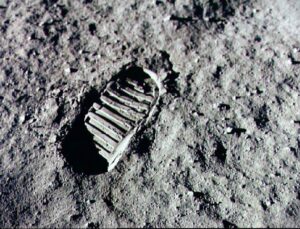
Overcoming the intricate challenges of lunar water management hinges on the development of groundbreaking technologies. Several cutting-edge solutions are emerging, each offering unique avenues to harness and optimize lunar water resources:
1. Regolith Melting
In the quest to unlock lunar water, researchers are investigating an innovative method called regolith melting. By utilizing solar concentrators, lunar regolith—composed of soil and rock—is subjected to intense heat, causing the ice within it to melt and release trapped water molecules. This technique shows immense promise, particularly for regions where traditional ice deposits are sparse. By harnessing the power of the Sun, regolith melting offers a localized solution to extracting water, potentially making previously challenging lunar areas viable for habitation and resource extraction.
Read more>>>
Moon dust also known as Regolith
2. 3D Printing with Regolith
3D printing with lunar regolith and water ice is poised to revolutionize lunar construction. This transformative approach sidesteps the need to transport cumbersome construction materials from Earth, a process that is both resource-intensive and expensive. By utilizing the available lunar regolith and mixing it with water ice, intricate structures—ranging from habitats to infrastructure—can be intricately fabricated on-site. This technology not only reduces the environmental footprint of lunar missions but also empowers lunar architects with unparalleled design flexibility, enabling them to construct tailored habitats optimized for lunar living conditions.
3. Self-Sustaining Systems for Managing Water on the Moon
The development of self-sustaining systems is central to the endeavor of conserving lunar water resources. Closed-loop life support systems are designed to recycle and purify water, dramatically reducing wastage. These intricate ecosystems imitate natural processes, ensuring water is continually reused for vital functions like drinking, agriculture, and hygiene. By minimizing reliance on Earth for water resupply, self-sustaining systems contribute to the long-term viability of lunar habitation, promoting a circular economy that conserves precious resources and paves the way for extended stays on the Moon.
4. Advanced ISRU (In-Situ Resource Utilization)
At the heart of lunar exploration lies the concept of In-Situ Resource Utilization (ISRU), which entails extracting and employing resources available on the Moon. Developing advanced ISRU systems for water extraction and purification is pivotal. These systems tap into the indigenous water sources, offering a decentralized approach to resource utilization. Robust ISRU technologies underscore the self-reliance of lunar missions, minimizing the dependency on Earth for critical supplies. By mastering the art of ISRU, we are poised to unlock the potential of the Moon as a stepping stone for further space exploration.
In this new era of space exploration, innovation stands as our beacon of hope. The confluence of these groundbreaking technologies promises to reshape our relationship with the Moon, transforming it from an enigmatic orb to a potential cradle of human progress and discovery. Through regolith melting, 3D printing, self-sustaining systems, and advanced ISRU, we’re not just addressing the challenges of managing lunar water—we’re embarking on a transformative journey that will shape the future of humanity’s cosmic endeavors.
International Collaboration and Future Prospects to Manage Water on the Moon
The challenges of managing water on the Moon are substantial, but international collaboration can play a pivotal role in addressing them. Space agencies, research institutions, and private companies around the world are pooling their expertise to develop sustainable solutions. The Artemis program led by NASA, with the aim of returning humans to the Moon, is a prime example of such collaboration.
As technology continues to advance, the prospects of establishing a sustainable human presence on the Moon become increasingly realistic. The management of lunar water resources will be a critical factor in determining the success and longevity of lunar missions.
Conclusion
Managing water on the Moon is a complex endeavor that requires innovative thinking, cutting-edge technology, and international cooperation. The discovery of water ice deposits at the lunar poles has opened up new possibilities for sustainable lunar exploration and habitation. By overcoming the challenges of extraction, storage, and utilization, humanity can pave the way for extended stays on the lunar surface, enabling us to unlock the Moon’s secrets and gain insights into the history of our solar system. As we continue to push the boundaries of space exploration, the lessons learned from managing lunar water will undoubtedly have far-reaching implications for future endeavors beyond our home planet.
